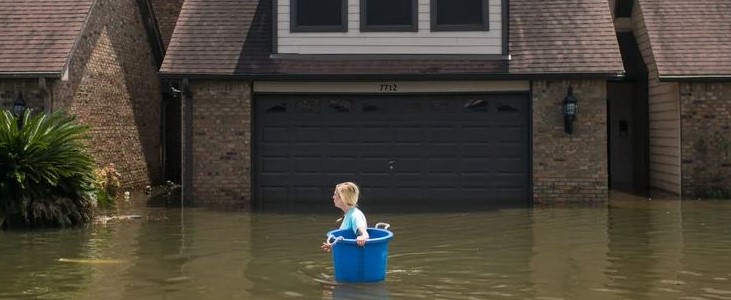47. Flooding types
Flooding can occur through various mechanisms and sources, each presenting unique characteristics, hazards, and impacts on properties and communities.
Here is a definition of different types of flooding:
Groundwater flooding | Groundwater flooding occurs when the water table rises to the surface or saturates the soil, resulting in water pooling on the ground's surface or infiltrating into basements, cellars, or underground structures. Groundwater flooding typically occurs gradually over time, influenced by factors such as rainfall, geological conditions, soil permeability, and land use practices. |
Sewer flooding | Sewer flooding occurs when sewage systems, including sewers, drains, and wastewater treatment infrastructure, become overwhelmed or blocked, causing sewage to back up and flood properties, streets, or public spaces. Sewer flooding may result from heavy rainfall, inadequate drainage capacity, blockages from debris or waste, or infrastructure failures in the sewage network. |
Surface water flooding | Surface water flooding, also known as pluvial flooding or urban flooding, occurs when rainfall exceeds the capacity of natural or man-made drainage systems, leading to the accumulation of water on roads, pavements, fields, and other surfaces. Surface water flooding can occur rapidly during intense rainfall events, causing flash floods, inundating properties, and disrupting transportation and infrastructure. |
Coastal flooding | Coastal flooding occurs when rising sea levels, storm surges, high tides, or coastal erosion inundate coastal areas, beaches, estuaries, and low-lying coastal communities. Coastal flooding is often associated with severe weather events, such as tropical cyclones, hurricanes, or nor'easters, and poses significant risks to coastal properties, infrastructure, and ecosystems. |
River flooding | River flooding, also known as fluvial flooding, occurs when rivers, streams, or watercourses overflow their banks and inundate adjacent floodplains, valleys, and riparian areas. River flooding can result from heavy rainfall, snowmelt, upstream runoff, or ice jams, causing prolonged flooding, riverine erosion, and damage to properties, agriculture, and infrastructure along river corridors. |
Other types of flooding | Other types of flooding may include:
|
Impact on properties and communities
Different types of flooding present varying degrees of risk and impacts on properties, infrastructure, and communities, including structural damage, displacement of residents, disruption of services, and environmental degradation. Understanding the characteristics, causes, and potential consequences of different types of flooding is essential for effective flood risk management, land use planning, and disaster preparedness efforts. Implementing flood mitigation measures, early warning systems, and resilient infrastructure can help reduce vulnerabilities and enhance community resilience to flooding hazards.

